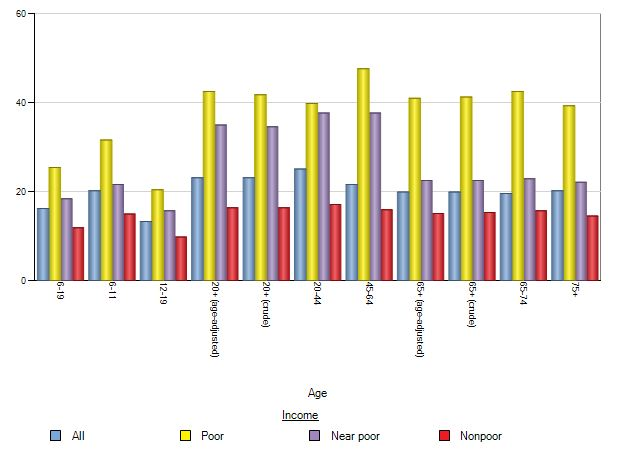Scientific and research concepts, methods, and tools of data collection
A form of statistical analysis that is required for collecting, describing and examining the sample of public health data related to a variety of audiences relies on a number of concepts and tools.
In terms of analyzing statistical data in the sphere of health care, the focus of attention is on the methods of sampling. The tools of data collection, therefore, can include random sampling, convenience sampling, consecutive sampling, quota-based sampling, and purposive sampling (Kandola, Banner, O’Keefe-McCarthy, & Jassal, 2014). The random sampling is not used widely in clinical practice because it has a smaller potential for recognizing the particular societal patterns and does not help to categorize the results in terms of social segments such as age, gender and other groups. For a similar reason, convenience sampling oriented to using the data that is easier to obtain is only not always capable of thorough cross-section representation.
Thus, in this regard, the most often used conceptualized tool is the consecutive sampling. In clinical research in general, and in dentistry studies, in particular, consecutive sampling, every patient who visits a medical institution can be a part of the sample. In such a way, firstly, it is cost-effective because it would not require additional medical examination of people specially chosen for the sample, unlike it would in the framework of quota-based sampling or purposive sampling. The latter two forms of sampling are more oriented at looking for participants with particular characteristics. On the other hand, when a full-scale generalized statistics is needed, the optimal form of sampling in clinical research and dentistry studies is consecutive sampling.
Biostatistics in describing the health of communities
In the situation, where the research concerns a particular community, it is especially significant to underline the role of ‘real-world’ factors. The key purpose of choosing the optimal sampling methods and data collection tools is to adjust the generalized nature of the sample to the needs and circumstances of the real world. In other words, there are factors of social, economic, and cultural nature that affect people’s health. In particular, in dentistry, it is important to consider the fact that a variety of background information can influence the patients’ health.
In such a way, biostatistics of a particular community is affected by age, gender, racial and other factors that define the sample. On the other hand, when consecutive sampling method is used for data collection.
Measurement scales, data distributions, and results of the analysis
One of the major measurement scales of the variability of a certain feature among different groups is the Central Limit Theorem. It is a method meant to combine the statistical analysis based on standard deviation with the interferential analysis. For researching tooth decay, in particular, and in dentistry studies overall, it would help to define linkage between social factors and deviations.
The following figure represents the distribution of the tooth decay in the community sample with the consideration for age and income in all groups of the population.

Thus, the results of the descriptive analysis suggest a correlation between poor income and tooth decay in all age groups. With the application of Central Limit Theorem and inferential statistical analysis, the percentage of tooth decay among the low-income population is 25, 30, 42, 41, 40, 41, 41, 43, 39 in different age groups Center for Disease Control and Prevention, 2016). Thus, the average mean is 38, and the standard deviation is 6,184.
μ = 38,
σ = 6,184.
Central Limit Theorem is to calculate sample mean μx.
μx = μ *σ/√n (Kandola et al., 2014).
Thus, μx = 38*6,184/√9 = 2.
The standard sample of 38% is a normal rate for such group. However, it can vary for about 2%. The deviation more than 2% is abnormal. The bias, thus, is in defying whether recognizing the particular societal patterns help to address the issues of abnormal segments of the statistics.
References
Center for Disease Control and Prevention. (2016). Interactive Tables and Databases. Web.
Kandola, D., Banner, D., O’Keefe-McCarthy, S., & Jassal, D. (2014). Sampling Methods in Cardiovascular Nursing Research. Canadian Journal of Cardiovascular Nursing, 24(3), 15-18.